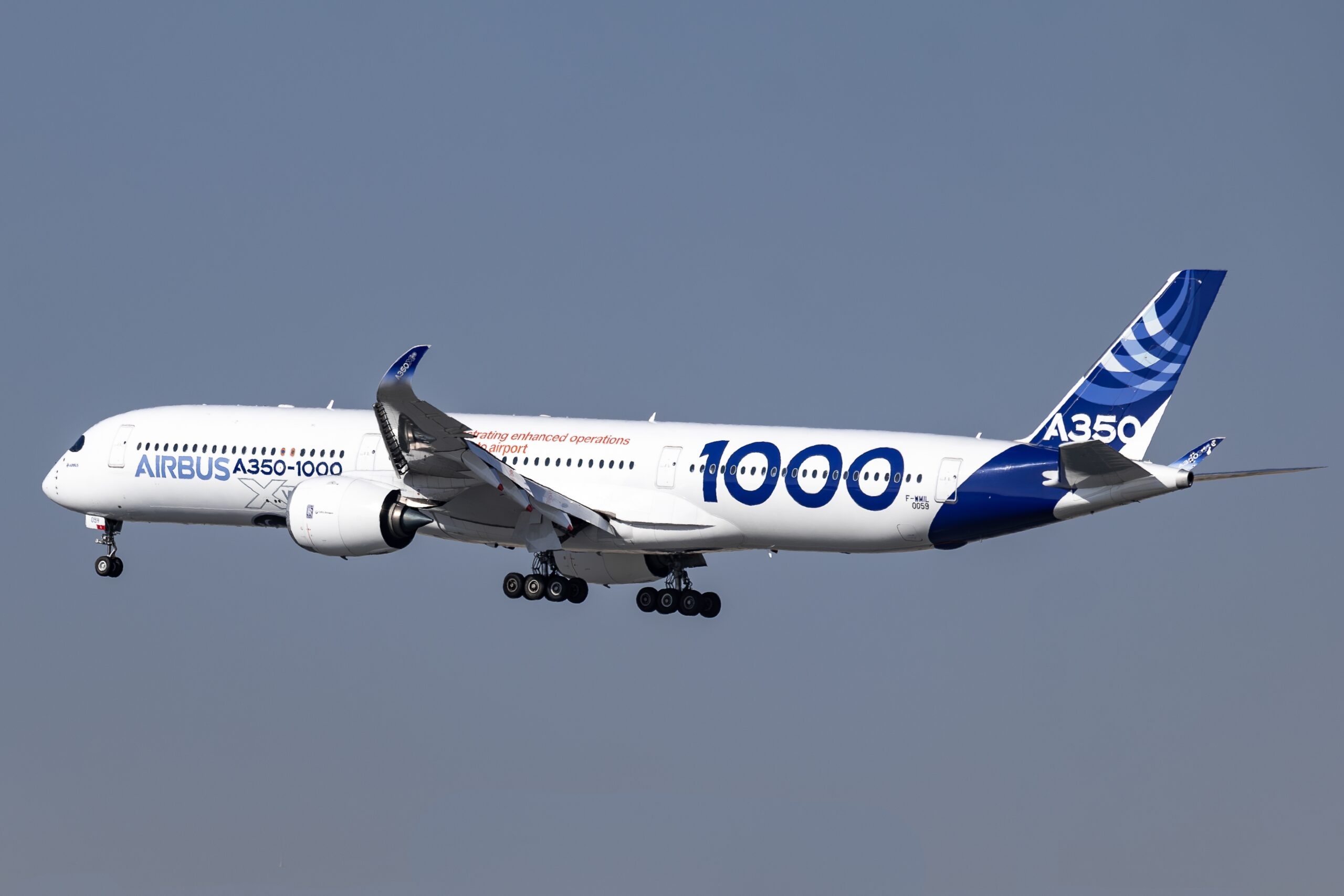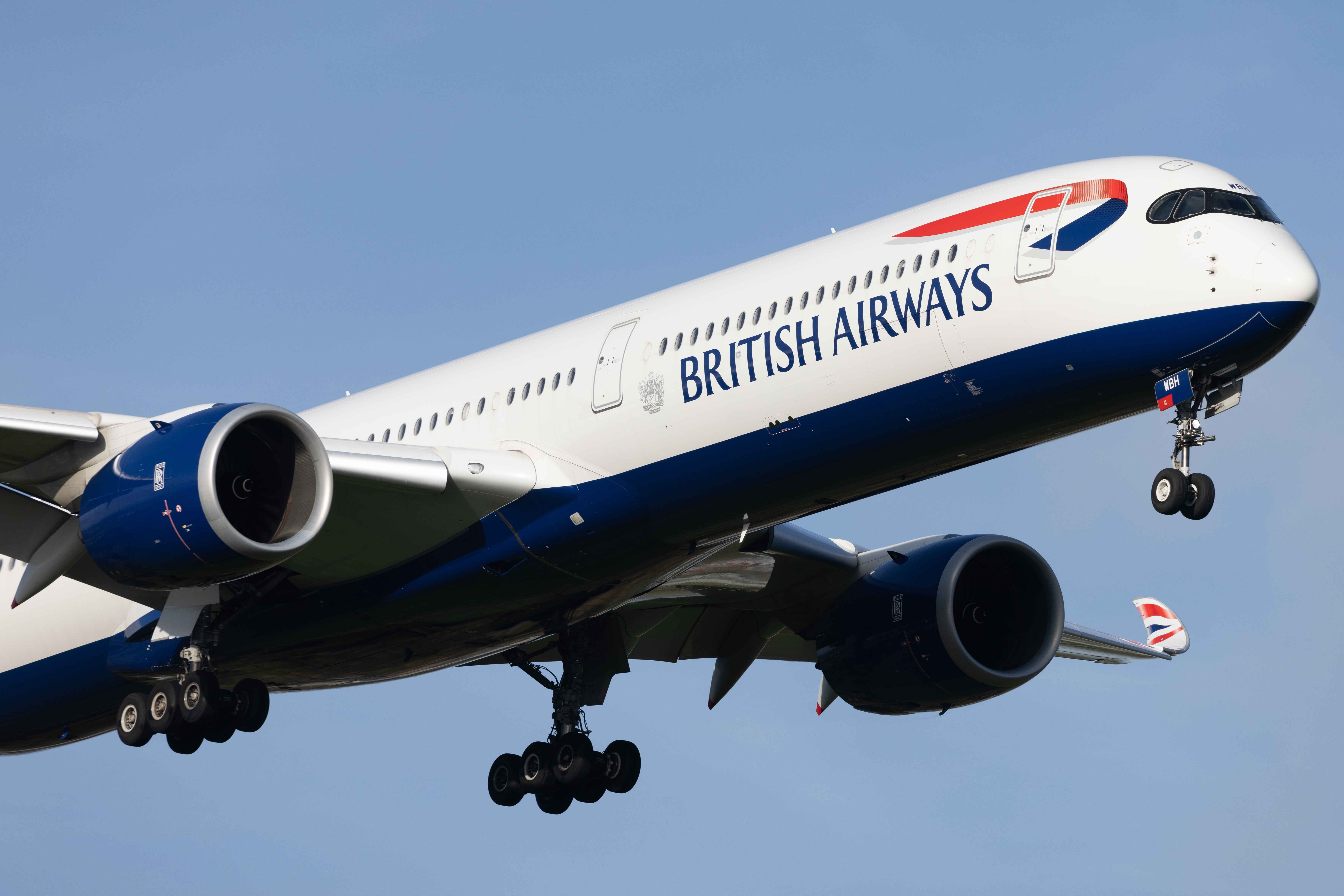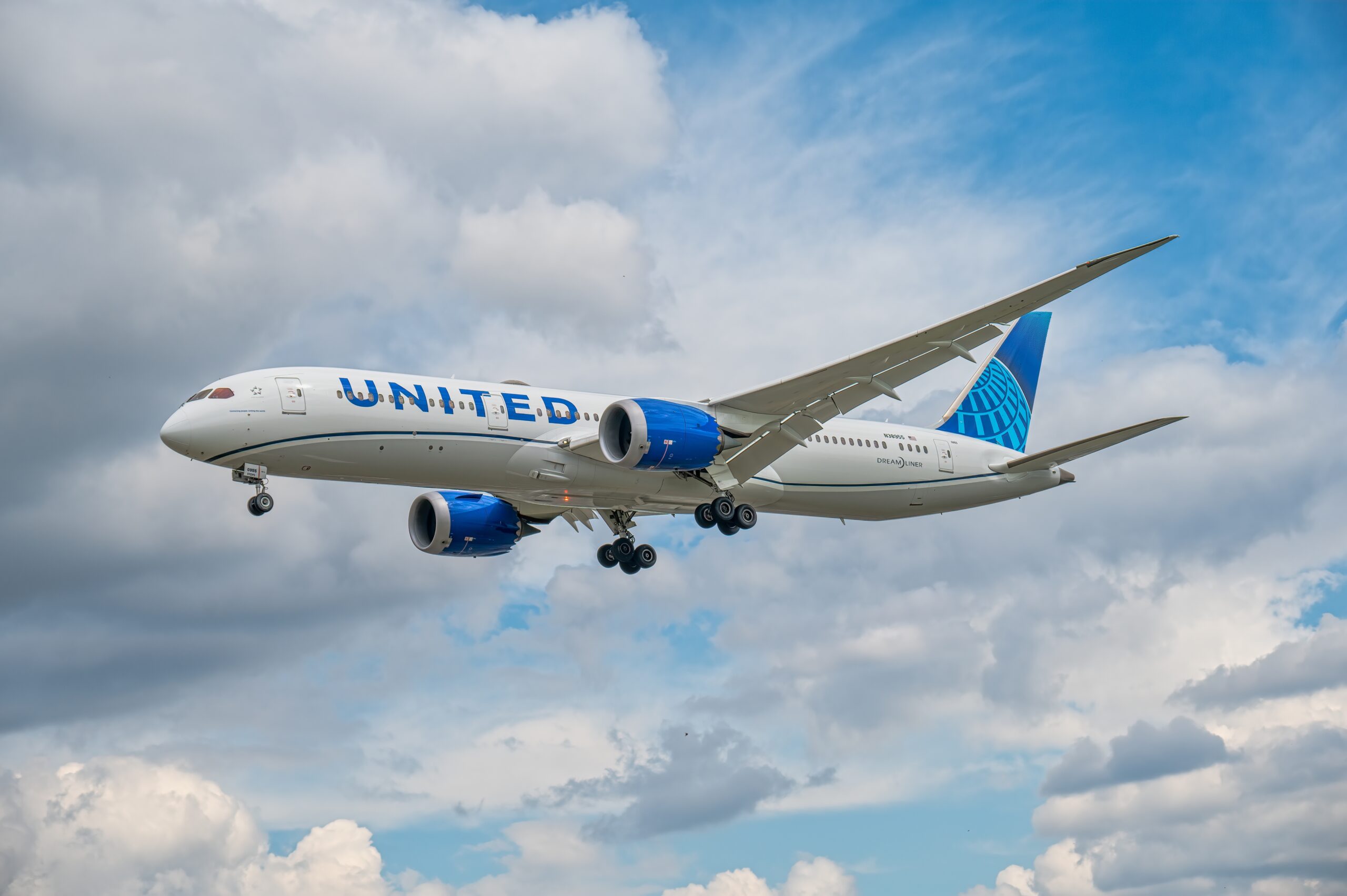Aircraft performance refers to the capabilities and characteristics of an aircraft during flight. It involves various factors such as speed, altitude, range, and payload capacity. All these factors are essential for pilots and aircraft engineers to understand in order to ensure safe and efficient flight operations. Let’s take a closer look at some key aspects of aircraft performance.
Speed is one of the most crucial aspects of aircraft performance. It determines how fast an aircraft can travel from one point to another. Different aircraft have different speed capabilities, with commercial airliners cruising at around 500-600 miles per hour and fighter jets reaching supersonic speeds.
Altitude is another important factor that influences aircraft performance. The ability of an aircraft to climb to higher altitudes not only affects its fuel efficiency but also its range and overall performance. For example, aircraft flying at higher altitudes experience less air resistance, allowing them to achieve greater fuel efficiency and extended range.
Range refers to the maximum distance an aircraft can travel without refueling. This is a critical consideration for airlines and military forces, as it determines the operational reach of an aircraft. Factors such as fuel capacity, engine efficiency, and aerodynamics all play a role in determining the range of an aircraft.
Payload capacity is the maximum weight an aircraft can carry, including passengers, cargo, and fuel. Understanding the payload capacity is crucial for flight planning and operational efficiency.
In conclusion, aircraft performance is a multifaceted aspect of aviation that encompasses speed, altitude, range, and payload capacity. Pilots and engineers must carefully consider these factors to ensure safe and efficient flight operations. By understanding the ABCs of aircraft performance, we can appreciate the incredible capabilities of these incredible machines.






